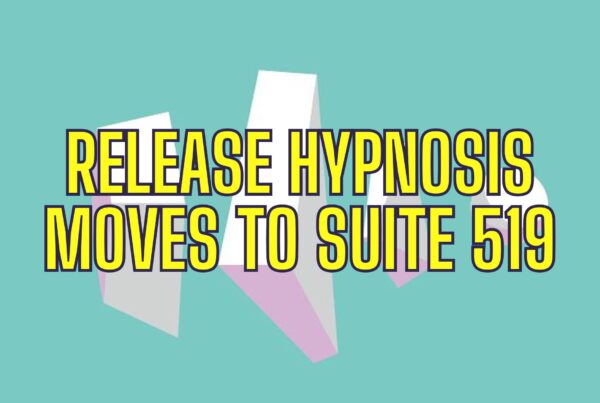Book Review: Conversational Regression
By Jess Marion
I have, to be honest, I accidentally bought this book. It’s this thing with Kindle where, if you choose a sample of the book, the first option when you go to relocate the file is to buy it instead of moving it. Long story short, this book came into my possession via a ‘wrong click’ however it is one wrong click that I am extremely grateful for as ‘Conversational Regression’ delivers and then some.
I think back to my time studying Regression and, while no reflection on the Academy who I trained with, felt that we were often given some good tools about how to regress someone back however it kind of felt like it ended there, often with no real idea about what to do once we got to the initial sensitising event. Over time, I’ve learned a handful of different techniques to help at this point however I almost wish I had discovered this book earlier as it covers everything in such wonderful detail. Not only do we look at what the steps are for those who like to be told things in steps, we go into detail about why each step is done that way and it is complemented with examples.
‘Conversational Regression’ begins with a look back at regression over time (yes, I’m sure we could work some form of a joke into that line). This helps to explain how we come to the conversational approach explained in the book which has become distilled down from John Overdurf process. The process still uses association and disassociation however it doesn’t require the client to necessarily walk their timeline, instead of using spatial anchoring and disassociation to achieve a similar effect.
With the conversational approach, the client is first associated with the event before disassociating it by having the client place it on the floor and utilizing submodalities in order to lessen the impact. You would then work with the client to determine what resources are required in the event, gifting it to the younger version of yourself, as well as offering up resources to others in the scene as well as bringing in others that should’ve been there. You would then continue to associate and disassociate in and out of the scene to ‘try it on’ and to determine what else is required, as well as potentially offering up a Gestalt style one-on-one where the client can say what they require to let it go. Once they feel that all the resources needed have been gifted, you can associate the client back into the scene and lead them back through time to present day.
There is a wonderful chapter on how memories are made which, excuse the pun, completely blew my mind as well as a chapter on the different types of memories that exist. There is an equally fantastic chapter on the topic of forgiveness, talking about how people often view it as pardoning someone for their behavior when it is, in fact, all about no longer allowing that experience to continue having an impact on you now.
The book covers everything from questioning styles to assist in association and disassociation through to what happens if an abreaction occurs. The amount of detail going through each step would leave even a student currently studying hypnosis feeling well versed in the topic.
Rounding out all of this are several different techniques that you can utilize as well, delving into the topic of Deep Trance Identification and some nice examples of the Early Learning Ericksonian approach.
All in all, if Regression is something that you’re keen to explore and utilize as one of the tools in your toolbox, then ‘Conversational Regression’, for all of its AUS$12 price tag on Kindle, is 170 pages of absolute gold. Considering this was an accidental purchase, I’ll certainly be going back to explore more of Jess Marion’s work. You can also find Jess on Youtube as part of The Intelligent Hypnotist team.
Book Your FREE Half Hour Consultation With Release Hypnosis NOW!
You may also like to read:
Book Review: The Five Second Rule
Book Review: The Consolations of Philosophy
Book Review: Healing The Shame That Binds You
Book Review: The Happiness Trap








